Op-Ed: We Need to Move Faster on Road Safety

Audio By Carbonatix
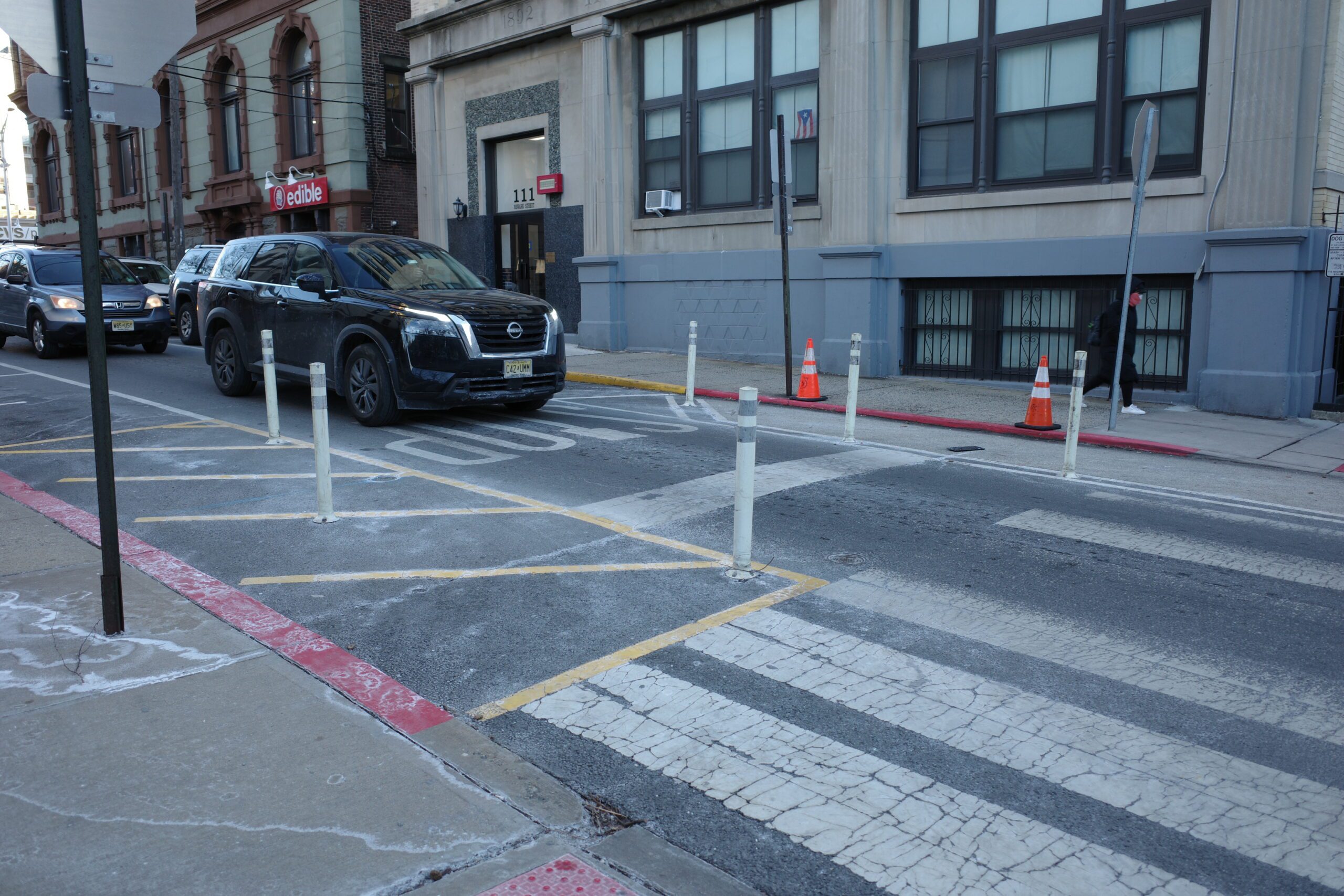
As few as four to six flexposts and some paint can very effectively reduce vehicle speeds, increase pedestrian visibility, and decrease pedestrian crossing distances. Photo credit: Jason Wang
West Hartford resident Jason Wang says that the town needs to act quickly to implement proven, and inexpensive, solutions to make roads safer.
By Jason Wang
In June 2022, Bob Oneal was struck and killed by a car on South Main Street. Today, South Main Street looks the same as it did in 2022.
In December 2022, Eugenia Yurovsky was struck and killed by a car on Boulevard. Today, Boulevard looks the same as it did in 2022.
In December 2022, Raheim Dantae Barry Nelson, Faye Dawson-Judkins, and Novelette Bailey were all killed in a multi-car crash on Simsbury Road. Today, Simsbury Road looks the same as it did in 2022.
In December 2022, Carlos Garlaza was struck and killed by a car on Mohegan Drive. Today, Mohegan Drive looks the same as it did in 2022.
In January 2024, David Goldfarb was struck and killed by a car on Albany Avenue. Today, Albany Avenue looks the same as it did in 2024.
In November 2024, Patricia Brulotte was struck and killed by a car on Oakwood Avenue. Today, Oakwood Avenue looks the same as it did in 2024.
In November 2024, Anne Rapkin and her dog Rosie were struck and killed by a car on Sedgwick Road. Today, Sedgwick Road looks the same as it did in 2024.
I feel numb as I write the names of these victims. Each death ripples throughout their families, our community, and beyond. Each death creates lifelong trauma for survivors, oftentimes including the driver who simply was going about their day, and deeply affects the first responders and medical staff who deal with the aftermath. Each death has a chilling effect on the rest of us, even if we didn’t know the victim. We might hold our kids tighter, get more anxious when they joyfully skip ahead of us on the sidewalk, go out less, cocoon ourselves in ever-larger vehicles. We might not cross the street to have a conversation with a neighbor. Our unsafe roads damage the very fabric of our community, and unless we move faster and smarter on road safety immediately, these deaths are not going to stop happening.
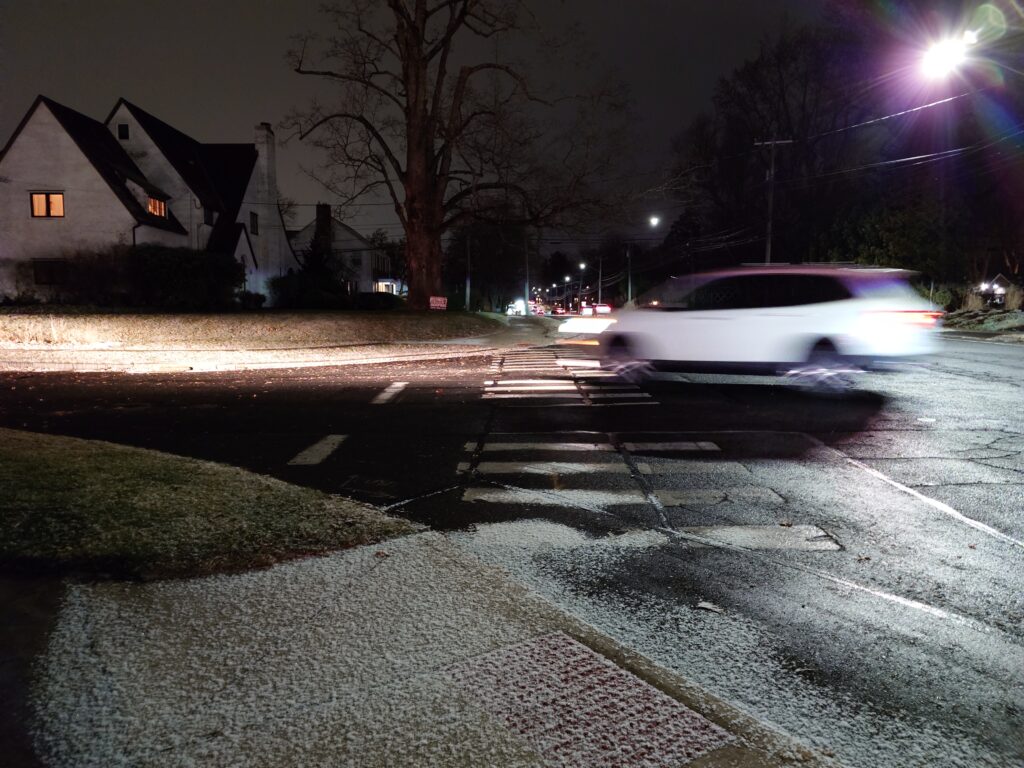
The intersection where Anne Rapkin was killed has broad curb radii joining two wide, high-speed roads. This allows cars to turn quickly while significantly increasing pedestrian crossing distances. Photo credit: Jason Wang
In response to the horrible events of 2022, West Hartford’s Vision Zero program was designed with the very best of intentions in a collective effort between town leaders, engineers, and regular citizens. In late 2022 and early 2023, our town came together to rally behind principles of improving engineering, enforcement, and education on our roads. A central tenet of Vision Zero is that humans are fallible, and that a culture of safety cannot be achieved without first acknowledging that people vary in their abilities, yet all have a right to safe mobility.
Since it is nearly impossible to reach 100% of drivers via education and enforcement, road engineering plays a major role in Vision Zero. We can’t ensure every driver has perfect attentiveness (nor vision, nor reflexes) all the time, and we can’t ensure that every pedestrian is lit up in fluorescent lights and looking up all the time, and we can’t ensure police are everywhere all the time, but we can design streets to be forgiving of inevitable, natural human error. Forgetting to wear hi-vis shouldn’t be a death sentence if our roads are better designed.
With better engineering, enforcement, and education, we hoped to prevent losing another Bob, Eugenia, Raheim, Faye, Novelette, Carlos, David, Patricia, Anne, or Rosie. In a nutshell, Vision Zero was a result of West Hartford citizens saying loudly that we deserve a better transportation system.
As we enter 2025, it’s important to recognize our achievements. The three raised crosswalks in town have truly been transformative in their areas. The Trout Brook Trail is an absolutely stunning accomplishment, as an active transportation backbone that connects us to each other and to nature. Through our infill development efforts, we are putting new housing directly in the most pedestrian-friendly parts of town while simultaneously addressing our housing crisis.
It’s also important to recognize how much the road safety conversation has evolved over the last few years. Though we have much to do, and though we sometimes disagree on how to do it, I think West Hartford has collectively shifted the conversation from traffic deaths being inevitable to being preventable.
We have had quite a few achievements, but I think it’s also incredibly important to understand how we can improve. Last month, in order to do this, I took a trip down to Hoboken, New Jersey. In addition to having a funny name, Hoboken has been a leader in the Vision Zero movement. Through strong political leadership and citizen buy-in, this city of 57,000 people has transformed their streets and has achieved something remarkable. They are now nearing their eighth year without a single traffic fatality. I went there to see things first-hand.
What I found was mind-blowing, and has highlighted some important deficiencies in West Hartford’s approach to road safety. In short, Hoboken has moved faster, more broadly, and with more focus than we have. In West Hartford we are proud of our three raised crosswalks. In Hoboken they have hardly left a single intersection or pedestrian crossing untouched. They are simply playing the game at a different level than we are.
Hoboken’s most visible and, I think, effective strategy is centered around using very inexpensive materials like paint, planters, and flexposts (white plastic vertical posts about three feet high) to accomplish an effect called “daylighting.” They use these materials to essentially create a curb bump-out at intersections where cars can’t park or drive onto.
These bump-outs have a lot of beneficial effects. They make the pedestrian crossing dramatically shorter. As pedestrians start to cross, they are far more visible to drivers since there aren’t parked cars blocking them. As cars enter the intersection, the bump-out physically narrows the drive lane, making drivers naturally slow down. And for turning cars, the bump-out tightens the turning radius, and therefore makes it much harder to speed around a corner. In some areas, Hoboken has invested in permanent infrastructure to create this effect, but in most areas they are using the less expensive materials. The key is this: they have applied the same or similar technique to nearly every intersection.
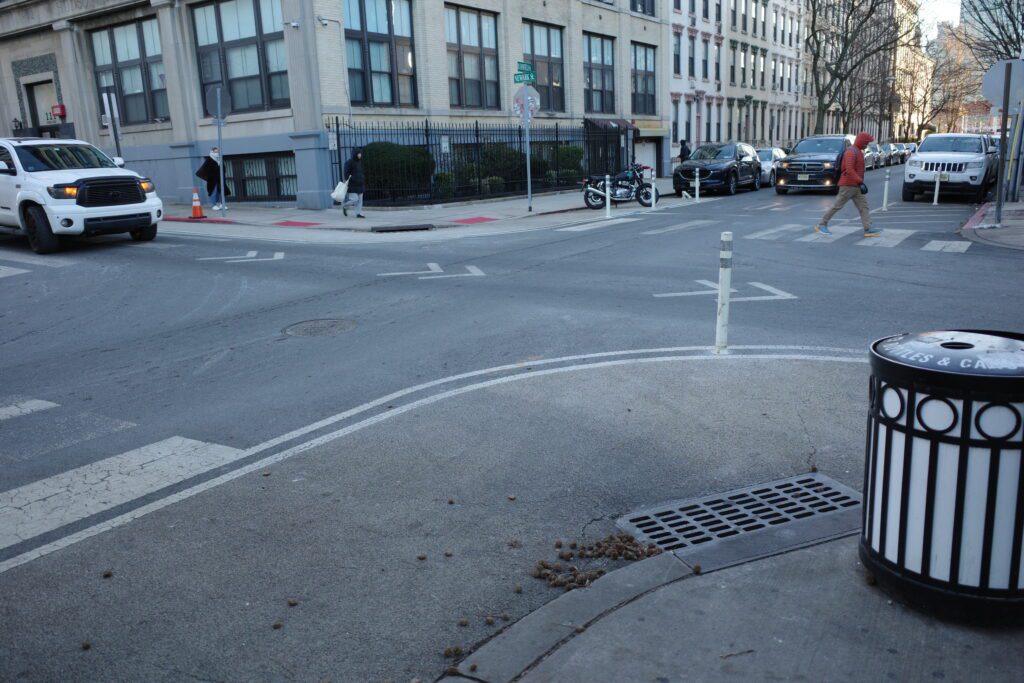
Here, flexposts and paint are used to daylight the further intersection, while tightening the curb radius of the closer intersection. Photo credit: Jason Wang
Reporter Len Besthoff from NBC Connecticut also recently made the pilgrimage to Hoboken and he reported a stunning figure. In a single year, Hoboken spent $48,000 to daylight one-third of the intersections in their entire city. Let that sink in for a moment, because it’s a paradigm that I don’t think exists in West Hartford. We know our intersections are dangerous. Most of our fatalities have occurred at intersections, and most of our curbs are wide and fast, allowing cars to take turns quickly while simultaneously dramatically increasing crossing distances for pedestrians. How is it possible that after nine deaths and three years, in a town as wealthy and civically active as West Hartford, our roads and intersections still largely look the same?
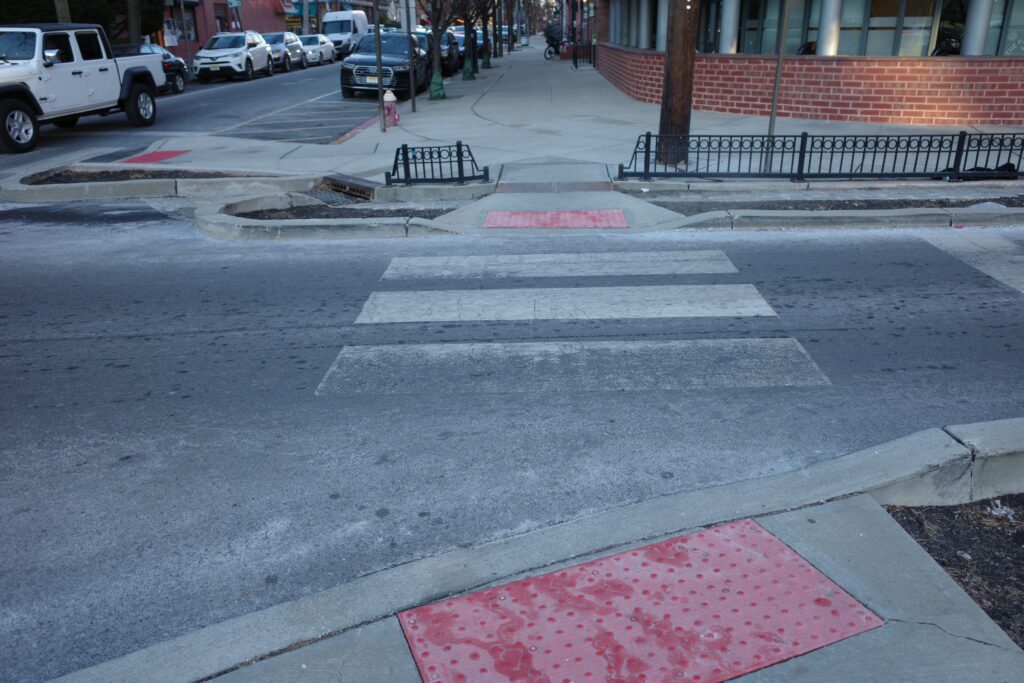
Some intersections have been upgraded to permanent infrastructure, though most are only built with temporary materials. This crosswalk is so short that a person could almost jump across, yet wide enough for the largest vehicles. Photo credit: Jason Wang
Even before I traveled to Hoboken, my greatest frustration about Vision Zero has always been the relative lack of visible infrastructure changes going into the ground. For years I and other neighbors have been asking the town to improve safety on Sedgwick Road. For years my family and I have been sprinting across the intersection at South Main and Memorial, whose 15 second timer is barely enough for the spryest grown-up, let alone a child or older adult. For years you the reader have also probably been scratching your head as to why some clearly dangerous road in your neck of the woods has never been fixed. After my visit to Hoboken, my frustration has grown into a combination of alarm and inspiration.
I am alarmed because I worry that Vision Zero is eventually going to turn into a dividing line in our town, rather than a unifier. I’d venture a guess that supporting safe streets is something every West Hartfordite (West Hartfordian?) is on board with. But if Vision Zero doesn’t make our roads quickly and visibly safer, many are going to feel it is just another government boondoggle. Some already do. I’m a Duffy dad who lives just off Sedgwick Road, and as I watch cars going 40, 50, even 60 miles per hour, screaming past children walking to school every single day on a rickety narrow sidewalk, I find myself wondering: how can we collectively sleep at night when we know we can make their journey so much safer with quick, effective interventions? Surely if Hoboken can treat one-third of all its intersections in a single year on a shoestring budget, we can at the very least commit to immediate action using similar techniques to protect our children’s routes to school on a similar or even more aggressive timeline?
Yet, I am also inspired because I can see a way forward for our town by following Hoboken and other successful towns’ examples. We don’t need to reinvent the wheel, and in fact, I’d contend that if we try to reinvent the wheel we risk wasting valuable time and resources. We need to get proven infrastructure in the ground.
In the medical field we talk a lot about eliminating dangerous variation in the treatment of common high-risk conditions. Human bodies vary widely, yet if you have a stroke, we still give you a standard regimen of workup and treatment (CT scan, MRI, heart monitor, blood thinners, cholesterol medications, etc) – whether you go to the top hospital in the country or the smallest rural ER. There is significant individualization, but the core treatments are the same. There are quality control systems in place to ensure that patients across the country rapidly receive standardized treatment for life threatening conditions like heart attacks and strokes. I think some of the proven-effective treatments used in Hoboken can also be used here in West Hartford.
As the ice thaws and days grow longer, I am asking our town leaders and engineers to please act quickly. Act now. Please look at proven solutions that can be inexpensively and broadly applied such as daylighting and curb bump-outs, and please find every reason to implement them immediately, rather than finding reasons and concerns to delay or do just one more study. If a planter or flexpost gets smooshed by a bus or a car, we can replace it. If it gets smooshed repeatedly, we can move it. Put in as many raised crosswalks and speed bumps as humanly possible, as quickly as possible.
I close my op-ed on a slightly defiant note, though I know that our leaders and engineers are also members of our town who share the same concerns. We the citizens of West Hartford cannot keep watching members of our community die in crashes, when we know these crashes are largely preventable, when we know the solutions are out there. We cannot keep watching cars run red light after red light. We cannot keep watching cars speed past our kids trying to walk to school, often ignoring our valiant crossing guards.
If the town is unable to act expeditiously, it should allow us, the citizens, to build our own pilot projects. I am now the proud owner of several dozen high visibility traffic delineator posts. If the town is willing to allow it, even on a brief trial basis, I can put down curb bump-outs and pedestrian crossing islands for our Duffy and Sedgwick kids today. Literally they can be on the ground today. It’s 2025, and it’s time to step up our game.
Editor’s Note: Jason Wang is a member of Bike West Hartford but this Op-Ed was written solely in his private capacity and does not necessarily reflect the opinions of other members of the Bike West Hartford organization.
We-Ha.com will accept Op-Ed submissions from members of the community. We reserve the right to edit all submitted content.
Like what you see here? Click here to subscribe to We-Ha’s newsletter so you’ll always be in the know about what’s happening in West Hartford! Click the blue button below to become a supporter of We-Ha.com and our efforts to continue producing quality journalism.


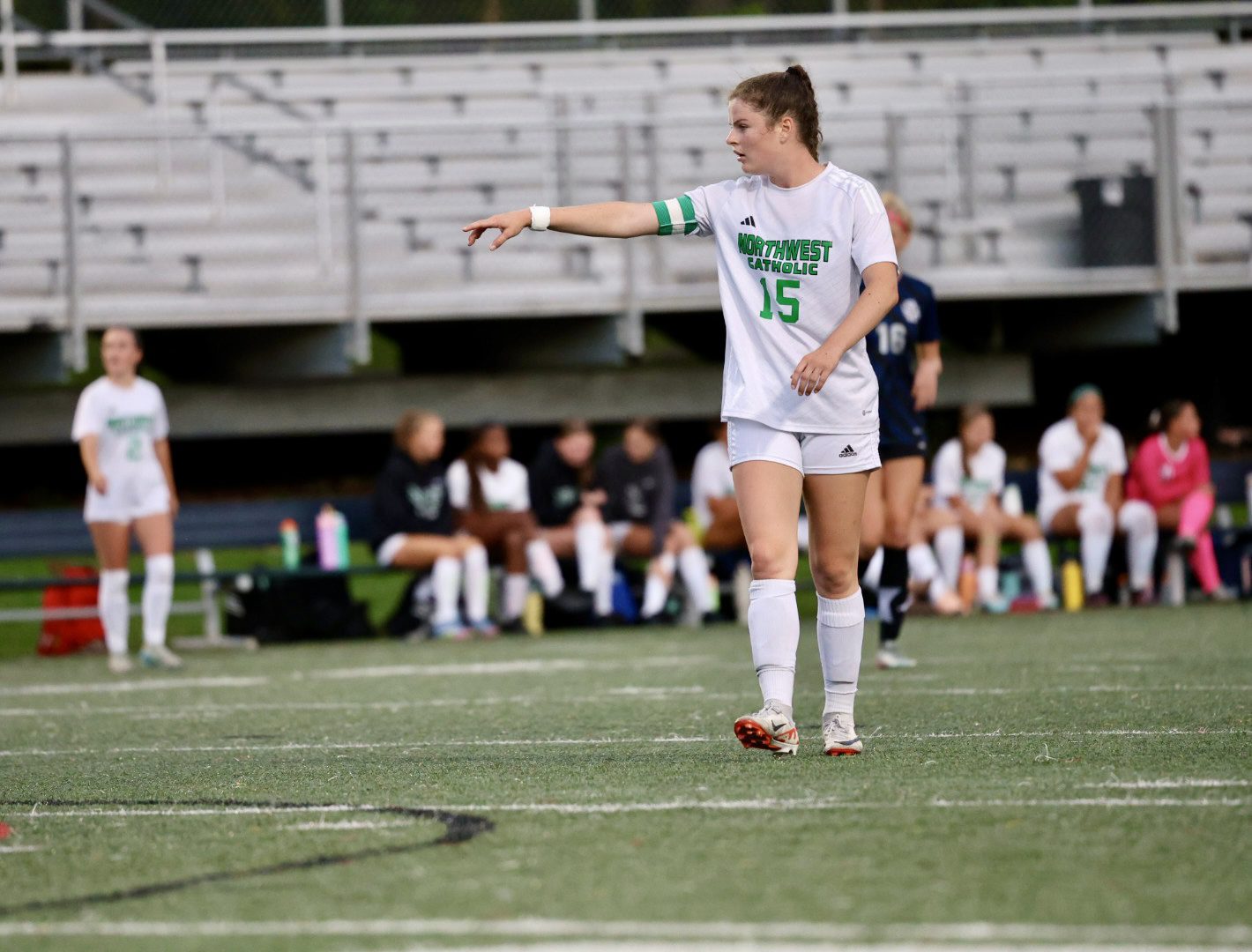
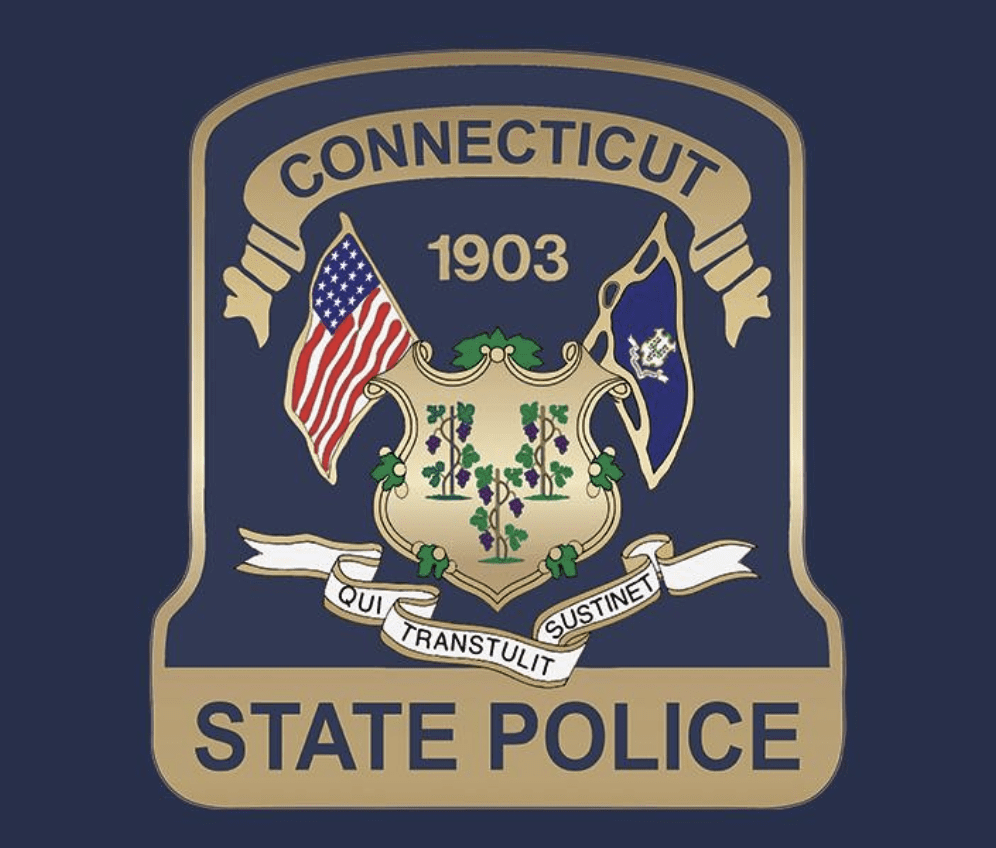
Bravo! I’d like to add a plea to not forget Elmwood in these efforts.
Indeed! Elmwood is also home to many large throughfares and is often used by vehicles from other towns who don’t seem to have a care in the world for pedestrians.
Have to say I’m with Jason on this. The wheels of government move way too slowly and since our town has become/is so car dependent it seems that the Hoboken example would be a good example of what could be done to make things much safer and QUICKER! I support this idea and ask all others to look closely at all of this and continue to ask our town leaders as to why things move so slowly and why aren’t we doing more than is being planned for.
How about we get back to actual traffic enforcement? But no — we have moved on from that — so say the powers that be because they claim policing is racist…. so they want to trust traffic cameras and red light cameras because they claim they will be more unbiased. Wait until 1 or 2 years after these cameras go in — we will FOI the demographic data. Proof is in the pudding.
The town had a vision, now it is time for action!
We need to narrow our roads and intersections to reduce speed.
We need our infrastructure to be designed to prioritize people, not cars.
We need separated and protected bike lanes that actually connect people and places
I’ve been an elmwood resident for over 30 years and I can honestly say that my family puts their lives at risk every single time we cross at new britain ave at South Quaker. In this intersection red lights are a guideline and crosswalks are to be ignored. My biggest anxiety is when my neighborhood has to cross there during Halloween crawls. It requires at least six parents literally standing IN FRONT of cars trying to drive through crosswalks, putting their lives at risk to prevent two dozen children from getting hurt.
I remember a time when the police seemed to be out more enforcing better traffic behavior. It’s been years since I’ve seen any checkpoints or speed traps in Elmwood. Maybe I’m simply missing them, but I doubt it.
Hear, hear, Jason Wang! Thank you for clearly articulating what I think every time I leave my house, almost daily on foot. I would also put in a plug for clearing sidewalks better when we do have snow/ice. I know it’s sometimes difficult; we have sidewalk in front of our home and it can be a challenge to clear it, but we do it for ourselves and our neighbors so that we may safely enjoy walking or running year round,
Brilliant! Jason Wang for Mayor!
Very well stated. I also am starting to feel the town is going way too slow in implementation on vision Zero and can much more VERY quickly.
Excellent job, Jason! The default is usually to blame either the driver or the pedestrian or cyclist. Rarely do we look at the road design (but you are!). I don’t blame traffic engineers, but we’re now discovering the shortcomings of the past which will take years to correct. Quick-build solutions are absolutely the immediate answer. Hoboken is a fantastic model, but closer to home, New Haven and Hartford are also deploying inexpensive safety countermeasures. We need to do move forward, NOW!
Great article in WeHa on bike safety, hard hitting and well researched. Pedestrian and bicycle safety is a complex, multi-faceted problem affecting lots of other communities across the country. I’m glad that you’re able to suggest some creative, practical, low cost solutions that will help alleviate the problem. Thanks for your efforts!
Jason, thank you so much for all you’ve done to help make west Hartford safe for pedestrians. In addition to all you’ve already highlighted, I’m beside myself about what’s going to happen when the UCONN campus is redeveloped. How can people get involved in your effort?